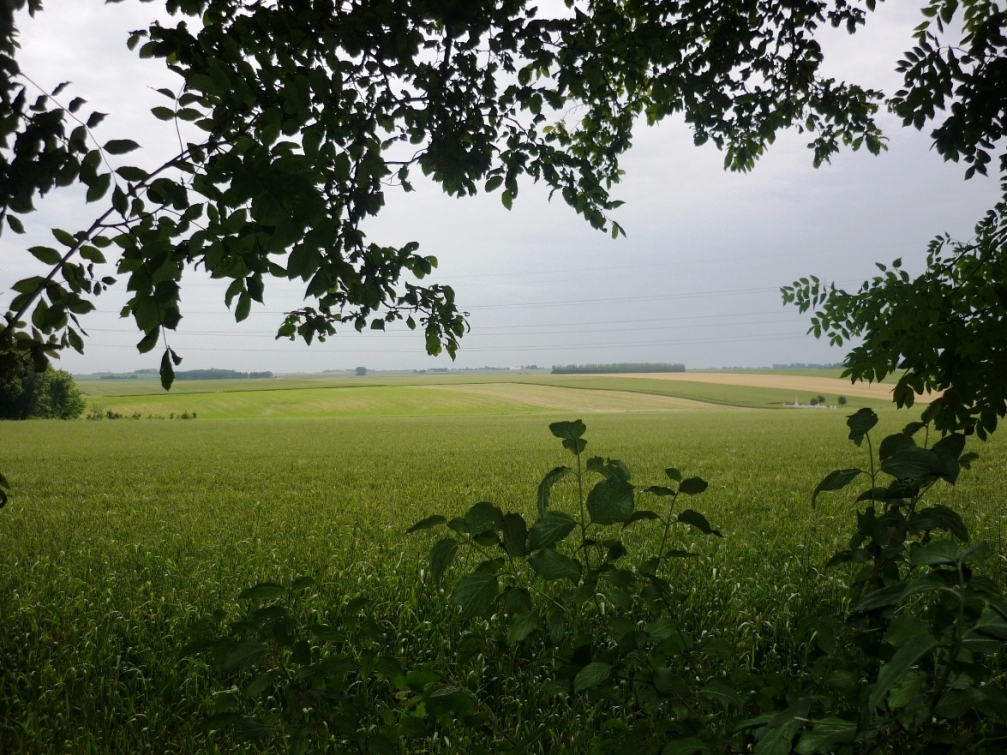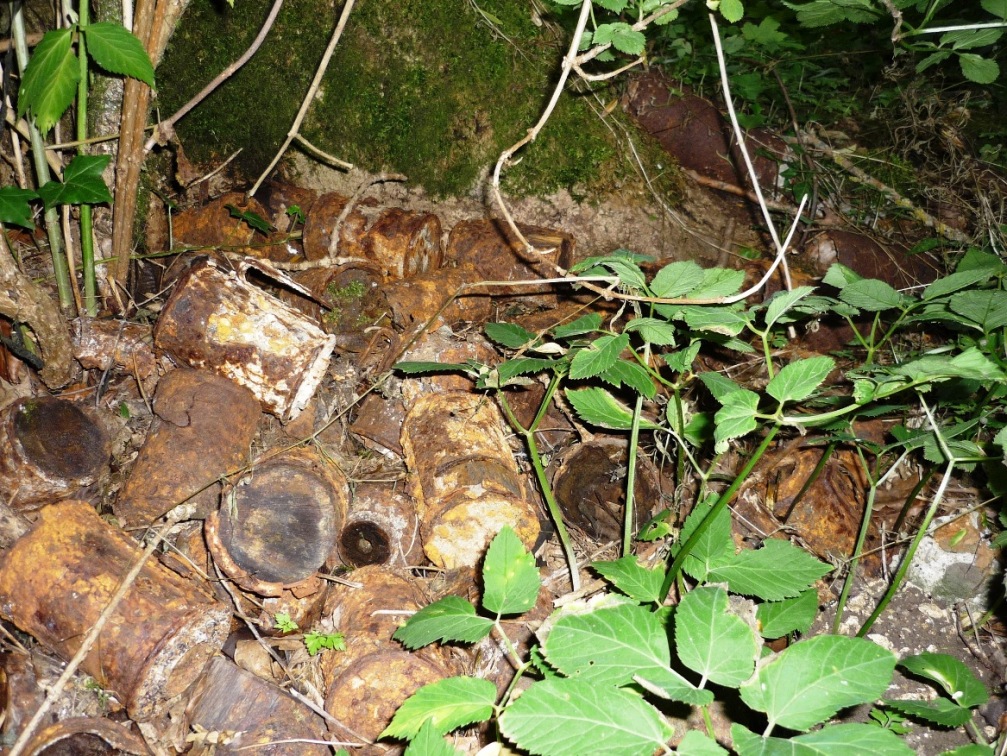It is more than thirty years since I first stumbled across this wood on the northern part of the Somme battlefield. Rossignol, or Nightingale, Wood seldom features in the usual histories or battlefield itineraries but it clearly showed evidence of fierce fighting: deep trenches running along the edges, smashed concrete bunkers and collapsed dugouts, shell holes and heaps of German grenades, while in the adjacent ploughed field lay British shell fuses. Two small British cemeteries are close by and one, uniquely for a Commonwealth War Graves Commission cemetery, holds more German burials than British. Subsequent visits and research over the years have revealed the story of the fighting at the wood and also its association with some of the most remarkable personalities of the war.
Fighting came to the wood in February and March 1917 when the Germans withdrew from the old Somme battlefield to the Hindenburg Line. Strong German rearguards caused heavy casualties to the North and South Staffords and the Bradford Pals. Immediately to the west, the 18th Durham Light Infantry captured the German line. For his part a young Second Lieutenant, James Barker Bradford, received the Military Cross but died of his wounds. He was the third in age of the four famous Bradford brothers, two of whom went on to receive the Victoria Cross but both were also to lose their lives.
The Germans withdrew later in March only to retake the ground a year later during the 1918 spring offensive when they were halted a short distance away at Hébuterne. In April 1918 the Lincolns and the Somersets attempted to capture the wood but were forced out. Their chaplain, Theodore Hardy DSO MC, went into the wood and, with the help of a sergeant, managed to bring a man back. For his actions, including tending a wounded man near a German bunker which still survives in Rossignol Wood, Hardy was awarded the Victoria Cross. He died of wounds in October 1918, the most highly decorated non-combatant of the First World War.
In July 1918 the German infantry officer Ernst Jünger came to Rossignol Wood. The author of The Storm of Steel, the most famous German memoir of the First World War, Jünger also wrote an account of the period that he spent at the wood, entitled Copse 125 after its German name. The book culminates in a grenade attack immediately to the south of the wood against New Zealand troops among whom was Sergeant Dick Travis DCM MM of the Otago Regiment. Travis helped beat off the attack and captured two machine guns but was killed the following day; he received a posthumous Victoria Cross and is regarded as New Zealand’s greatest soldier.

New Zealand graves in front of German burials in Rossignol Wood Cemetery. The cemetery contains 41 Commonwealth and 70 German burials.
Join me on a battlefield tour with The Cultural Experience:
The War Poets: Words, Music and Landscapes, 10th-13th July 2023
First & Last Shots 1914 & 1918
Medics & Padres in the Great War
Walking the Somme, Summer 2023






Thank you for this website. My uncle died in the Rossignol Wood battle and I will visit his grave this August. It’s good to have some context of the battle at last. Kind regards. Diana
Thank you Diana, that’s very good to hear. I hope your trip goes well. Simon
Hi Simon,
Great post, as always. Was wondering if you have any information (beyond the unit diary of the 93rd Infantry Brigade 16th Battalion of the West Yorks) of the “desertion” of February 1917.
Hi Josie, I didn’t, and the regimental history doesn’t mention it. I’ve just been reading the fascinating Court of Enquiry in the Battalion War Diary. It explains why I couldn’t find the graves of three senior NCOs mentioned as killed in the regimental history, as they had evidently surrendered.
26 June 2019.
Hi Simon,
My name is Rob Seabourne. I am in Essex from NZ, and intending to visit Rossignol Wood, and Fonquevilliers CWGC as my Fathers Uncle is buried there. Cecil Seabourne died of wounds received in July 1918, after a successful night attack on German trenches in Rossignol Wood. His Regiment was the ‘Otago (NZ) Infantry Regiment’ and much of my information came from the O.I.R. Regimental war diaries – which can be accessed online..
Cecil was a recent reinforcement assigned 10 days earlier, to 10 Coy, 2nd Regiment. This attack, from two companies of O.I.R. Infantry, was successful in that it dislodged the German Fusiliers who built the trench network they were facing. Apparently it so annoyed the Germans that it attracted a sustained retaliatory artillery barrage, which I assume killed my ancestor and many others, now buried at Fonquevilliers, including Dick Travis VC, [Posthumous].
Cecil’s war record indicates they were initially buried near-ish the O.I.R. Regiment Lines, but his remains were subsequently moved to his current location.
This O.I.R. diary account differs a little from yours, but I am impressed by the wider context your research offers.
Two other Seabourne’s also served in France, both were gassed, underwent long recuperation treatment in England, then returned to NZ a year after the other surviving Kiwi soldiers.
Thanks for access to your research and photos.
Regards, Rob Seabourne
Hi Rob, That’s really interesting to hear about Cecil Seabourne and the information in the Otago Regiment War Diary. I used the published history of the Regiment but the War Diary will help when I next visit Rossignol Wood. I wish you luck for your visit and to Fonquevilliers CWGC. All the best, Simon